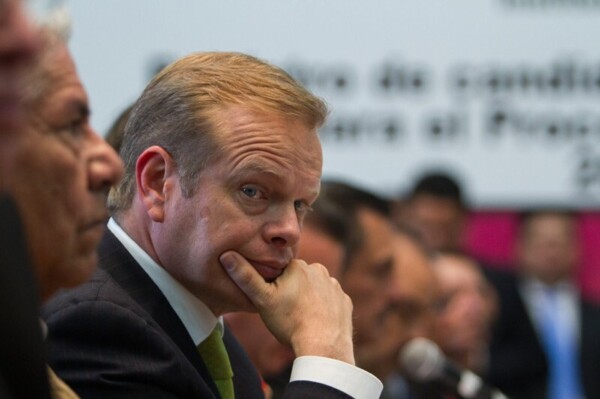
Employment in Mexico continues to show worrying signs, despite some improvements in certain indicators. According to the National Occupation and Employment Survey of December 2024, more than half of the employed population is affected by labor informality, which translates into jobs without benefits, low job quality, and increasing economic uncertainty.
The female economic participation rate has slightly decreased, standing at 46.0%, indicating that fewer women are actively seeking employment. Informality significantly impacts women, with 54.2% of female workers in labor conditions without social security.
In the case of unemployed youth, the highest percentage is concentrated in the 15 to 24 age group, representing 31.9% of the unemployed. Although the unemployment rate has slightly decreased to 2.4%, it does not reflect the reality of a labor market with high levels of underemployment and critical employment conditions.
A significant increase in the non-economically active population has been observed, growing by 980,000 people in a year, reaching 41.7 million. Additionally, there are 5.4 million people who want to work but have not taken steps to find employment, indicating a widespread feeling of discouragement.
The gender gap in employment persists, with more than 50% of workers still in informal conditions. In rural areas, the situation is even more critical, with 67.4% of workers in informality. 32% of workers are in critical occupation conditions, working long hours for low wages or in precarious situations.
A concerning fact is the increase in long-term unemployed individuals, with an increase of more than 100% among those who have been without work for over a year. 34.4% of the unemployed have been in this situation for more than a month, suggesting greater difficulty in re-entering the labor market.
Access to formal jobs remains a challenge, especially for those with higher education, where 87% of unemployed individuals hold this level of education. Economic sectors such as manufacturing, agriculture, and the government sector have seen a decrease in employment, while sectors such as diverse services, social services, and transportation have increased their workforce, reflecting a shift in the employment structure towards more tertiary-oriented activities, although without improving the quality of jobs.














